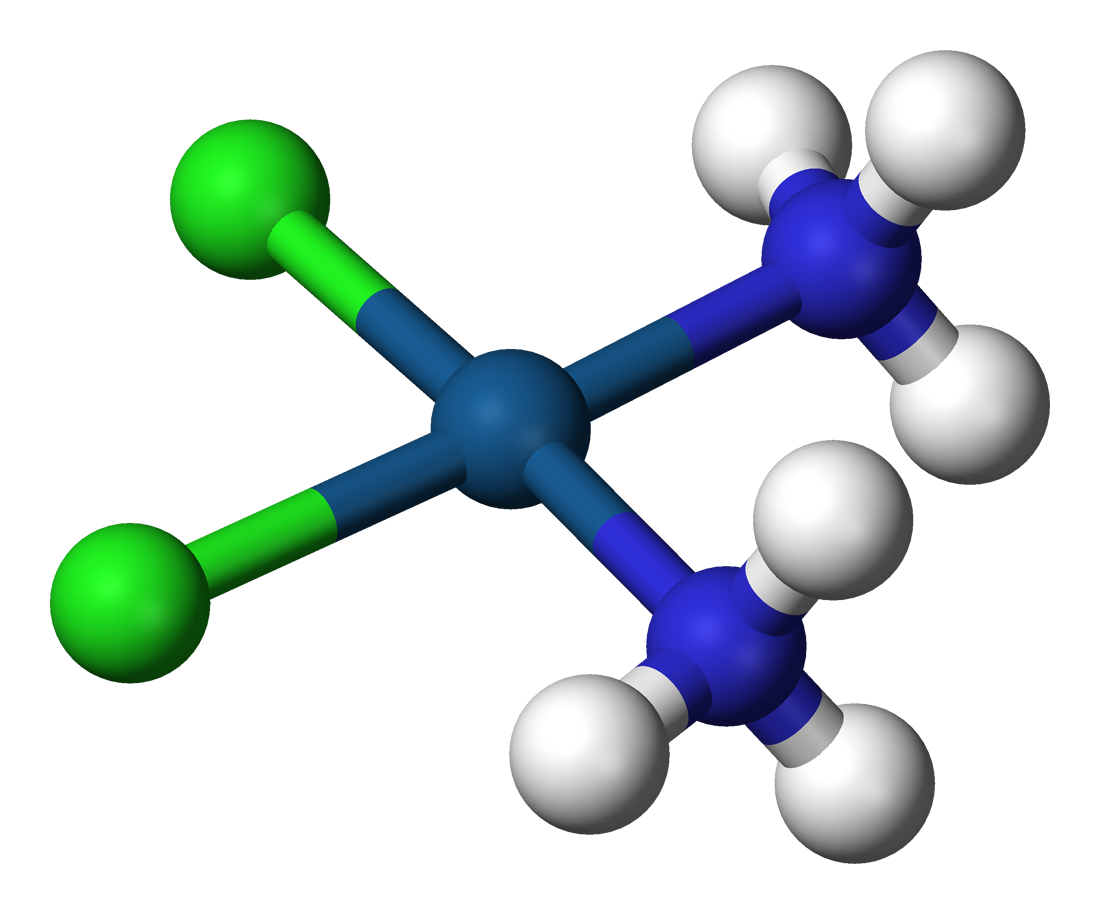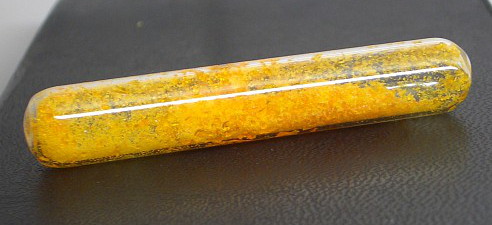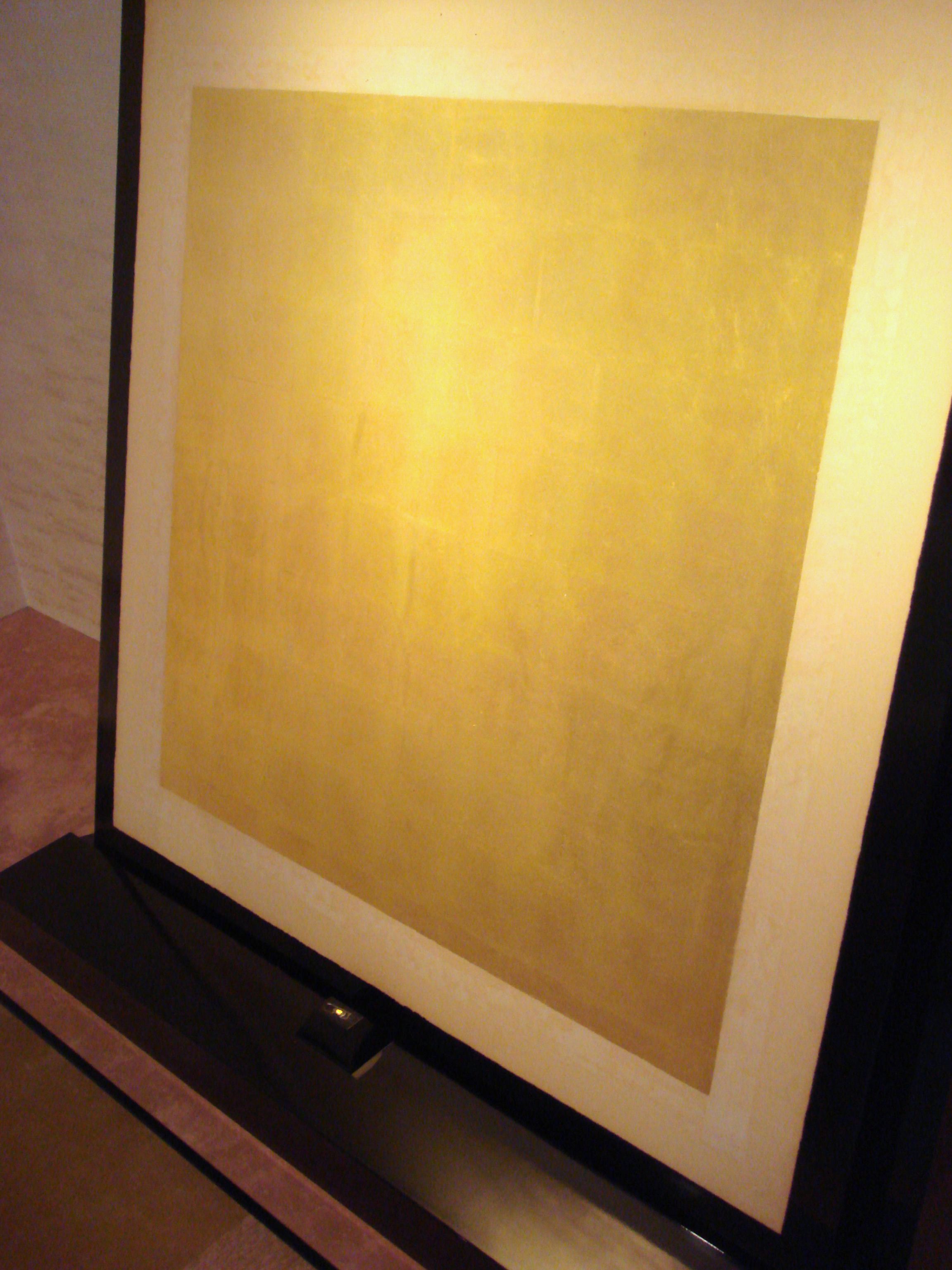|
Chloro(tetrahydrothiophene)gold(I)
Chloro(tetrahydrothiophene)gold(I), abbreviated (tht)AuCl, is a coordination complex of gold. Like the dimethyl sulfide analog, this compound is used as a entry point to gold chemistry. The tetrahydrothiophene ligand is labile and is readily substituted with other stronger ligands. Preparation This compound may be prepared by the reduction of tetrachloroauric acid with tetrahydrothiophene Tetrahydrothiophene is an organosulfur compound with the formula (CH2)4S. The molecule consists of a five-membered saturated ring with four methylene groups and a sulfur atom. It is the saturated analog of thiophene. It is a volatile, colorles ...: : The complex adopts a linear coordination geometry, as is typical of many gold(I) compounds. It crystallizes in the orthorhombic space group ''Pmc''21 with a = 6.540(1) Å, b = 8.192(1) Å, c = 12.794(3) Å with Z = 4 formula units per unit cell. The bromide congener is isostructural. It is somewhat less thermally labile compared to (Me2S)AuC ... [...More Info...] [...Related Items...] OR: [Wikipedia] [Google] [Baidu] |
Chloro(dimethyl Sulfide)gold(I)
Chloro(dimethyl sulfide)gold(I) is a coordination complex of gold. It is a white solid. This compound is a common entry point into gold chemistry. Structure As for many other gold(I) complexes, the compound adopts a nearly linear (176.9°) geometry about the central gold atom. The Au-S bond distance is 2.271(2) Å, which is similar to other gold(I)-sulfur bonds. Preparation Chloro(dimethyl sulfide)gold(I) is commercially available. It may be prepared by dissolving gold in aqua regia (to give chloroauric acid), followed by addition of dimethyl sulfide. Alternatively, sodium tetrachloroaurate may be used as the source of gold(III). The bromo analog, Me2SAuBr, has also been synthesized by a similar route. An approximate equation is: :HAuCl4 + 2 SMe2 + H2O → Me2SAuCl + 3 HCl + OSMe2 A simple preparation starts from elemental gold in DMSO / conc HCl (1:2) where DMSO acts as an oxidant and the formed Me2S as ligand. As a side product, HAuCl4·2DMSO is formed. Reactions ... [...More Info...] [...Related Items...] OR: [Wikipedia] [Google] [Baidu] |
Bromo(tetrahydrothiophene)gold(I)
Bromo(tetrahydrothiophene)gold(I) is a coordination complex of gold. It is related to the more commonly used chloro(tetrahydrothiophene)gold(I). Similarly, the tetrahydrothiophene ligand is labile and is readily substituted with other stronger ligands, to give linear gold bromide complexes. This compound may be prepared by reaction of tetrabromoauric acid (formed from tetrachloroauric acid and hydrobromic acid) with tetrahydrothiophene Tetrahydrothiophene is an organosulfur compound with the formula (CH2)4S. The molecule consists of a five-membered saturated ring with four methylene groups and a sulfur atom. It is the saturated analog of thiophene. It is a volatile, colorles .... References {{sulfur compounds Gold(I) compounds Bromo complexes Thiolanes Gold–halogen compounds Gold–sulfur compounds ... [...More Info...] [...Related Items...] OR: [Wikipedia] [Google] [Baidu] |
Coordination Complex
A coordination complex consists of a central atom or ion, which is usually metallic and is called the ''coordination centre'', and a surrounding array of bound molecules or ions, that are in turn known as ''ligands'' or complexing agents. Many metal-containing compounds, especially those that include transition metals (elements like titanium that belong to the Periodic Table's d-block), are coordination complexes. Nomenclature and terminology Coordination complexes are so pervasive that their structures and reactions are described in many ways, sometimes confusingly. The atom within a ligand that is bonded to the central metal atom or ion is called the donor atom. In a typical complex, a metal ion is bonded to several donor atoms, which can be the same or different. A polydentate (multiple bonded) ligand is a molecule or ion that bonds to the central atom through several of the ligand's atoms; ligands with 2, 3, 4 or even 6 bonds to the central atom are common. These compl ... [...More Info...] [...Related Items...] OR: [Wikipedia] [Google] [Baidu] |
Gold
Gold is a chemical element with the symbol Au (from la, aurum) and atomic number 79. This makes it one of the higher atomic number elements that occur naturally. It is a bright, slightly orange-yellow, dense, soft, malleable, and ductile metal in a pure form. Chemically, gold is a transition metal and a group 11 element. It is one of the least reactive chemical elements and is solid under standard conditions. Gold often occurs in free elemental (native state), as nuggets or grains, in rocks, veins, and alluvial deposits. It occurs in a solid solution series with the native element silver (as electrum), naturally alloyed with other metals like copper and palladium, and mineral inclusions such as within pyrite. Less commonly, it occurs in minerals as gold compounds, often with tellurium ( gold tellurides). Gold is resistant to most acids, though it does dissolve in aqua regia (a mixture of nitric acid and hydrochloric acid), forming a soluble tetrachloroau ... [...More Info...] [...Related Items...] OR: [Wikipedia] [Google] [Baidu] |
Tetrahydrothiophene
Tetrahydrothiophene is an organosulfur compound with the formula (CH2)4S. The molecule consists of a five-membered saturated ring with four methylene groups and a sulfur atom. It is the saturated analog of thiophene. It is a volatile, colorless liquid with an intensely unpleasant odor. It is also known as thiophane, thiolane, or THT. While THT is not particularly common, the vitamin biotin is essential for life in aerobic organisms. Synthesis and reactions Tetrahydrothiophene is prepared by the reaction of tetrahydrofuran with hydrogen sulfide. This vapor-phase reaction is catalyzed by alumina and other heterogenous acid catalysts. This compound is a ligand in coordination chemistry, an example being the complex chloro(tetrahydrothiophene)gold(I). Oxidation of THT gives the sulfone sulfolane, which is of interest as a polar, odorless solvent: : Sulfolane is, however, more conventionally prepared from butadiene. Natural occurrence Both unsubstituted and substituted tetra ... [...More Info...] [...Related Items...] OR: [Wikipedia] [Google] [Baidu] |
Tetrachloroauric Acid
Chloroauric acid is an inorganic compound with the chemical formula . It forms hydrates . Both the trihydrate and tetrahydrate are known. Both are orange-yellow solids consisting of the planar anion. Often chloroauric acid is handled as a solution, such as those obtained by dissolution of gold in aqua regia. These solutions can be converted to other gold complexes or reduced to metallic gold or gold nanoparticles. Properties Structure The tetrahydrate crystallizes as and two water molecules. The oxidation state of gold in and anion is +3. The salts of (tetrachloroauric(III) acid) are tetrachloroaurates(III), containing anions (tetrachloroaurate(III) anions), which have square planar molecular geometry. The Au–Cl distances are around 2.28 Å. Other d8 complexes adopt similar structures, e.g. tetrachloroplatinate(II) . Solute properties Solid chloroauric acid is a hydrophilic ( ionic) protic solute. It is soluble in water and other oxygen-containing solvents, s ... [...More Info...] [...Related Items...] OR: [Wikipedia] [Google] [Baidu] |
Gold(I) Compounds
Gold is a chemical element with the symbol Au (from la, aurum) and atomic number 79. This makes it one of the higher atomic number elements that occur naturally. It is a bright, slightly orange-yellow, dense, soft, malleable, and ductile metal in a pure form. Chemically, gold is a transition metal and a group 11 element. It is one of the least reactive chemical elements and is solid under standard conditions. Gold often occurs in free elemental ( native state), as nuggets or grains, in rocks, veins, and alluvial deposits. It occurs in a solid solution series with the native element silver (as electrum), naturally alloyed with other metals like copper and palladium, and mineral inclusions such as within pyrite. Less commonly, it occurs in minerals as gold compounds, often with tellurium (gold tellurides). Gold is resistant to most acids, though it does dissolve in aqua regia (a mixture of nitric acid and hydrochloric acid), forming a soluble tetrachloroaurate anion. Gold i ... [...More Info...] [...Related Items...] OR: [Wikipedia] [Google] [Baidu] |
Chlorides
The chloride ion is the anion (negatively charged ion) Cl−. It is formed when the element chlorine (a halogen) gains an electron or when a compound such as hydrogen chloride is dissolved in water or other polar solvents. Chloride salts such as sodium chloride are often very soluble in water.Green, John, and Sadru Damji. "Chapter 3." ''Chemistry''. Camberwell, Vic.: IBID, 2001. Print. It is an essential electrolyte located in all body fluids responsible for maintaining acid/base balance, transmitting nerve impulses and regulating liquid flow in and out of cells. Less frequently, the word ''chloride'' may also form part of the "common" name of chemical compounds in which one or more chlorine atoms are covalently bonded. For example, methyl chloride, with the standard name chloromethane (see IUPAC books) is an organic compound with a covalent C−Cl bond in which the chlorine is not an anion. Electronic properties A chloride ion (diameter 167 pm) is much large ... [...More Info...] [...Related Items...] OR: [Wikipedia] [Google] [Baidu] |
Chloro Complexes
Chlorine is a chemical element with the symbol Cl and atomic number 17. The second-lightest of the halogens, it appears between fluorine and bromine in the periodic table and its properties are mostly intermediate between them. Chlorine is a yellow-green gas at room temperature. It is an extremely reactive element and a strong oxidising agent: among the elements, it has the highest electron affinity and the third-highest electronegativity on the revised Pauling scale, behind only oxygen and fluorine. Chlorine played an important role in the experiments conducted by medieval alchemists, which commonly involved the heating of chloride salts like ammonium chloride ( sal ammoniac) and sodium chloride (common salt), producing various chemical substances containing chlorine such as hydrogen chloride, mercury(II) chloride (corrosive sublimate), and hydrochloric acid (in the form of ). However, the nature of free chlorine gas as a separate substance was only recognised around 1 ... [...More Info...] [...Related Items...] OR: [Wikipedia] [Google] [Baidu] |





